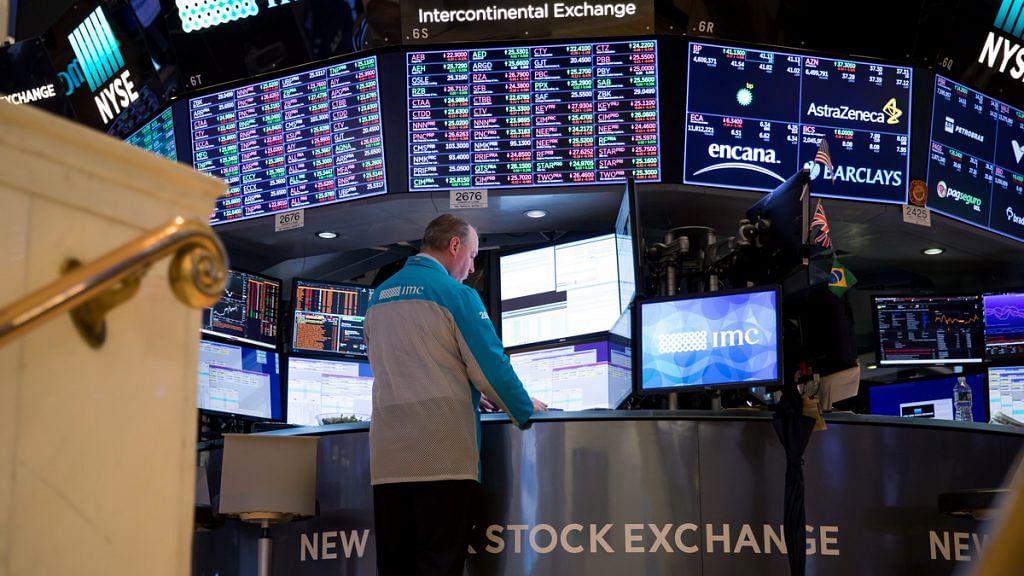Zurich: The global economy is stumbling into 2020 after a battering from trade tensions and a manufacturing recession that dragged growth to the weakest in a decade.
Most major economies underperformed this year versus forecasts, perhaps no surprise given the uncertainty from the US-China trade war that weighed on investment, as well as a drag from the huge slump in the German car industry.
The following charts offer a pictorial insight into the world’s economic performance this year.
Heading into 2019, there was plenty to worry about, from trade tensions and Brexit to the fact that the growth cycle was getting a bit long in the tooth. Some of the worst fears didn’t come to pass, but growth in major economies fell short of expectations.
With the global economy seemingly on a one-way path — possibly all the way to a recession — central banks stepped in again with interest-rate cuts and other stimulus. For some, restarting the pumps meant reversing the hikes of 2018, while others who hadn’t even begun tightening saw those dreams dashed.
Manufacturing was at the heart of the slowdown, and that put a deep scar on trade, which has dropped sharply back from solid growth two years ago. According to one measure, the CPB monitor, trade has been shrinking year-on-year since early summer. DHL, which should know a thing or two about trade, sees the weakness sticking around into 2020.
Through it all, stock markets have continued to hit high after a high and job figures still look solid, particularly in the US. For their part, consumers kept spending, helping to offset weaker investment and largely insulate the world’s biggest economy from the global slowdown.
While monthly job gains have slowed, the unemployment rate has settled at the lowest level since late 1969, and labor market tightness is slowly paving way for higher wages.
In Europe, the once-mighty German engine sputtered under the weight of weaker global demand and car industry upheaval, creating a slump that dragged on the region. While sentiment measures have improved recently, the outlook is for the economy to hobble along rather than enjoy a rebound.
Asia’s story was similar to Europe’s in some respects, a mix of global weakness and industry-specific troubles. Instead of cars, it was semiconductors that compounded the problem for countries like South Korea and Taiwan, though some recent figures suggest an improving outlook. Added to all that was the slowdown in China, which had repercussions across the region.
And in the week that the UK appointed Andrew Bailey as Bank of England governor, a chart on gender equality, or the lack thereof. Bailey will become the 121st man to run the BOE, an institution that has never had a women at the top. Little wonder the World Economic Forum says it will be another century before the gender gap closes.
And so to the 2020 growth outlook. There are signs of stabilization, which is good if you want to take the optimistic view, but it looks like the world has moved into a slower phase of expansion for the time being.-Bloomberg
Also read: Struggling global economy just got a double shot in the arm for 2020
